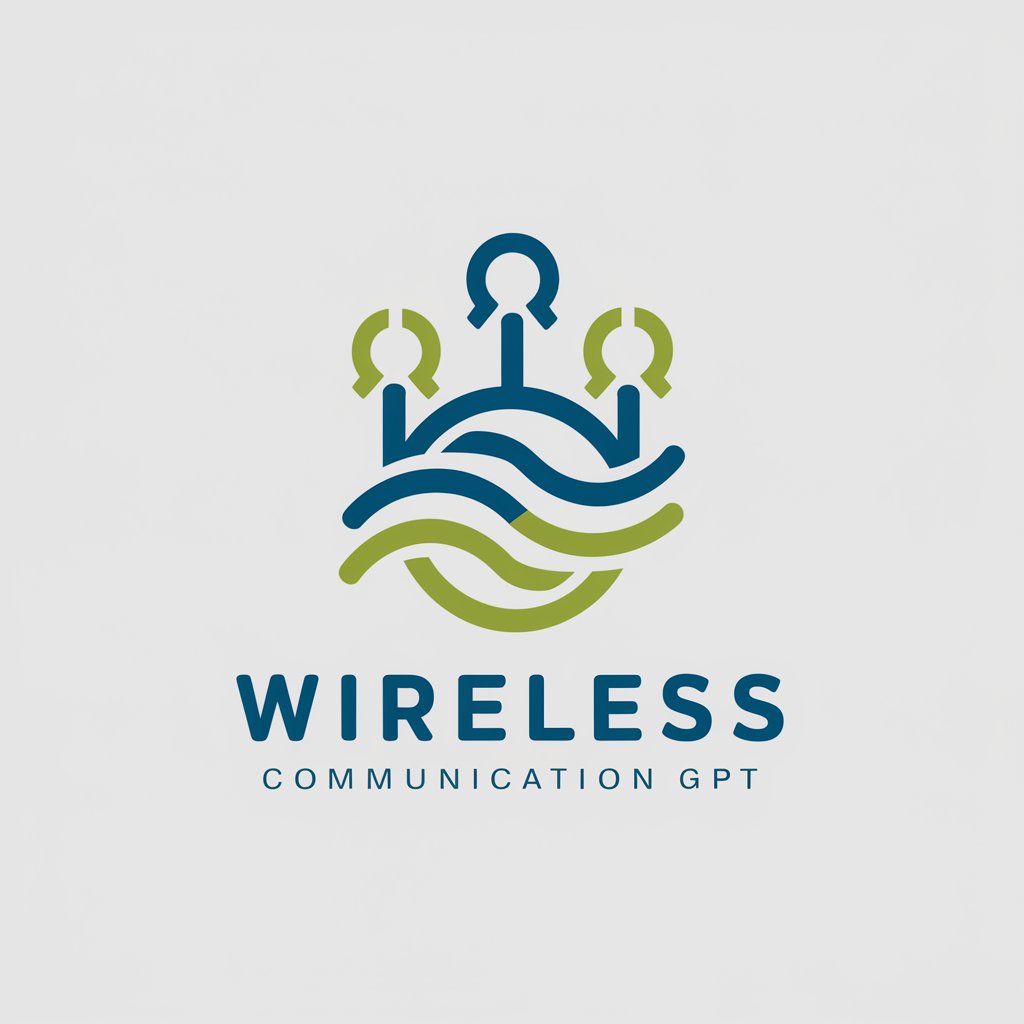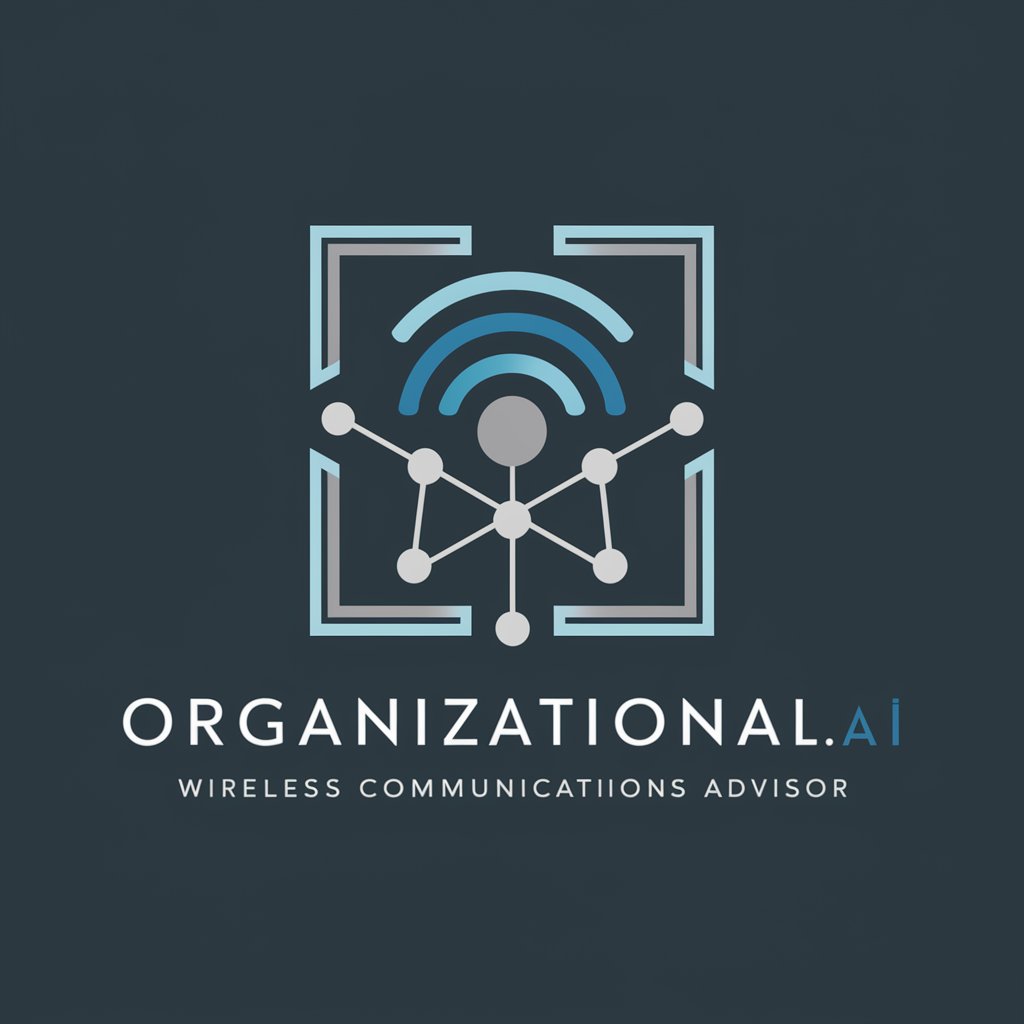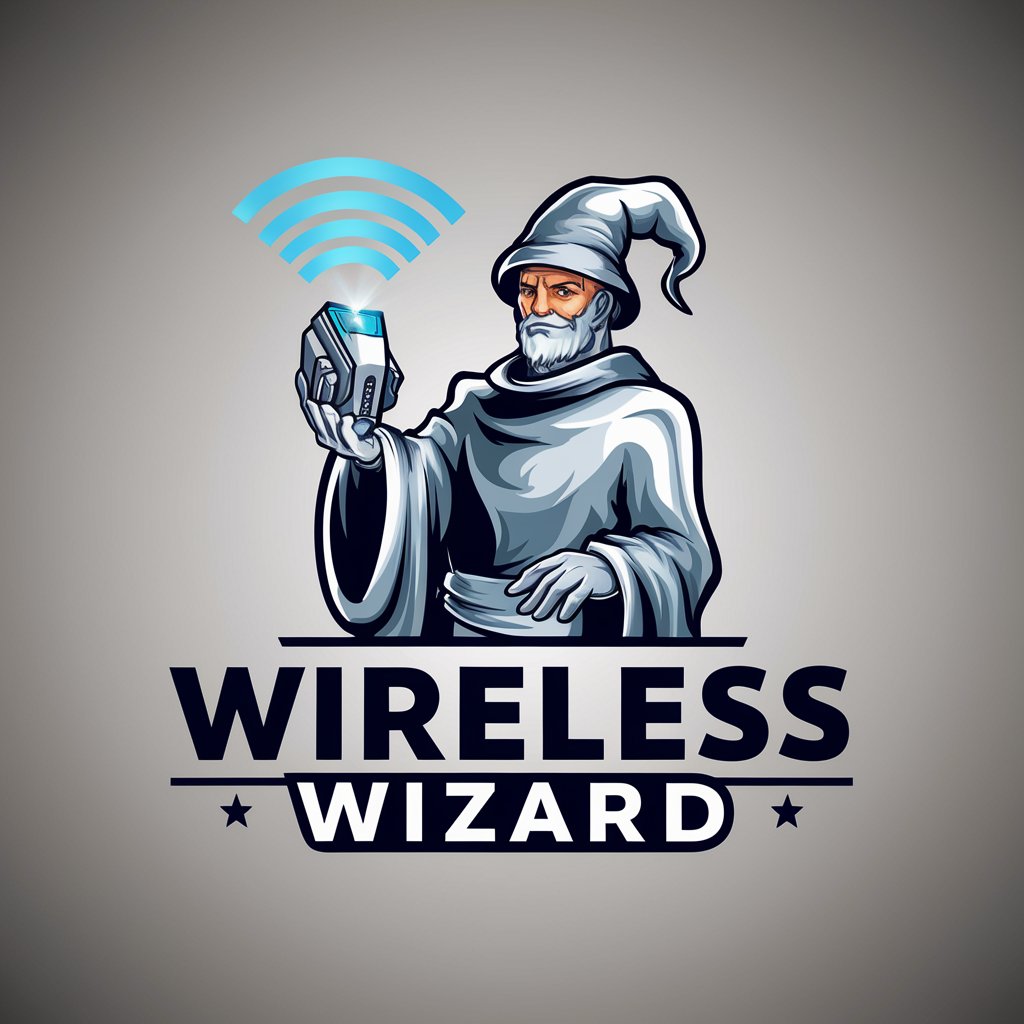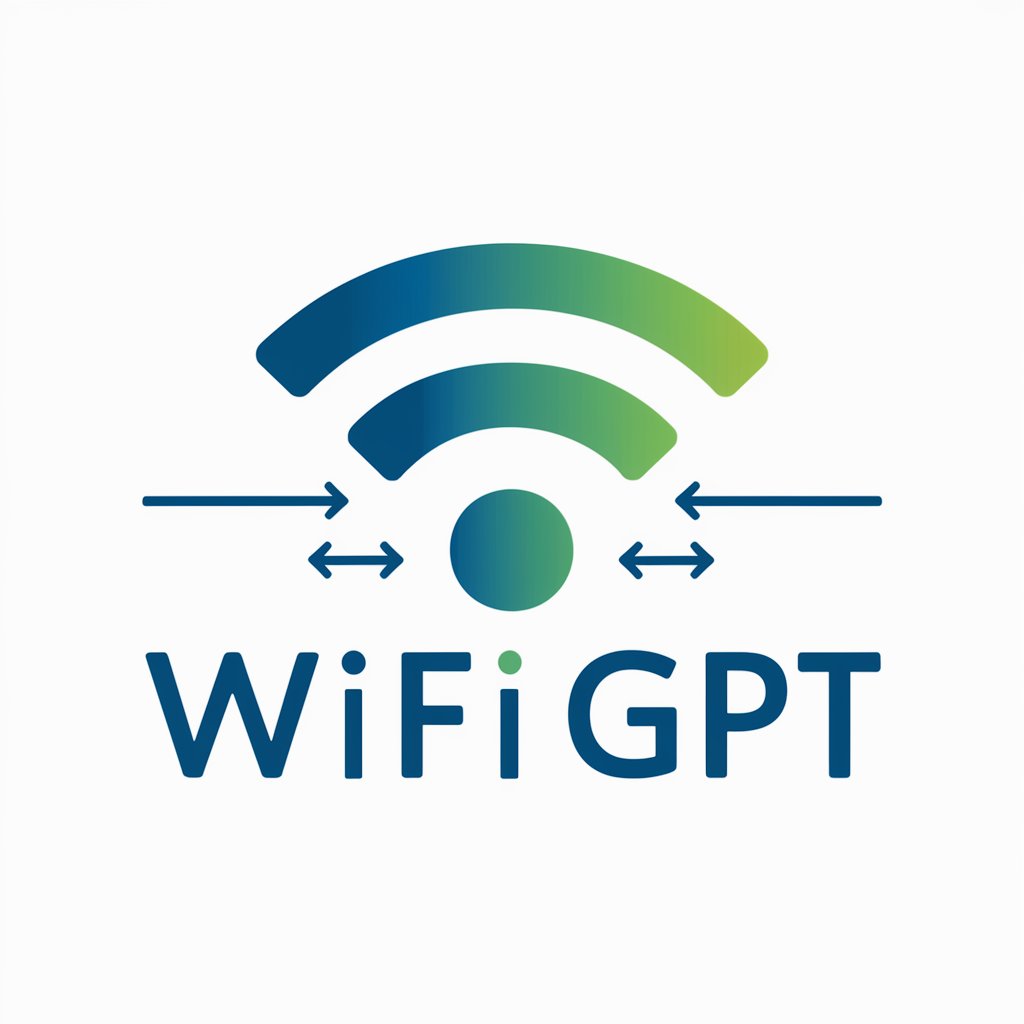
Wireless Communication - versatile wireless communication

Welcome! I'm here to help with all your wireless communication queries.
Connecting the World Wirelessly with AI
Explain the differences between 4G and 5G networks.
How does Wi-Fi 6 improve upon previous Wi-Fi standards?
What are the key benefits of Bluetooth Low Energy (BLE)?
Describe the role of antennas in wireless communication.
Get Embed Code
Overview of Wireless Communication
Wireless Communication encompasses a variety of technologies and systems that allow for the transmission of data over distances without the need for wires or cables. This includes cellular networks, Wi-Fi, Bluetooth, satellite communication, and more. The primary purpose of wireless communication technologies is to provide reliable, flexible, and convenient means of information exchange between devices. For example, Wi-Fi enables laptops, smartphones, and other devices to connect to the Internet within the range of a wireless network, allowing for mobility and access to information from virtually anywhere. Similarly, Bluetooth technology facilitates the exchange of data over short distances, enabling devices like wireless headphones or keyboards to connect to phones or computers seamlessly. Powered by ChatGPT-4o。

Key Functions of Wireless Communication
Data Transmission
Example
Sending and receiving emails, streaming videos, or browsing the web on mobile devices.
Scenario
A user streaming a live video on their smartphone while on a moving train, utilizing cellular networks to maintain a stable connection.
Device Connectivity
Example
Connecting wearable devices to smartphones, or establishing home automation systems.
Scenario
A smartwatch syncing fitness data with a smartphone app over Bluetooth, allowing the user to track their physical activity and health metrics.
Location Services
Example
GPS navigation, asset tracking, and location-based marketing.
Scenario
Using GPS on a smartphone to navigate through an unfamiliar city, or businesses using location-based services to send promotional notifications to customers nearby.
Emergency Services
Example
SOS signals, disaster response communications, and emergency alerts.
Scenario
During a natural disaster, emergency responders use satellite communications to coordinate rescue efforts in areas where traditional networks are disrupted.
Ideal Users of Wireless Communication Services
General Consumers
Individuals who use wireless technology for personal communication, entertainment, work, and home automation. They benefit from the convenience, mobility, and accessibility that wireless services offer.
Businesses and Enterprises
Companies that require efficient, scalable, and secure communication channels for operations, customer engagement, remote work, and IoT applications. Wireless technologies enhance productivity and enable new business models.
Public Safety and Emergency Services
Government and non-profit organizations that rely on robust and reliable communication systems for disaster response, public safety alerts, and coordination of emergency services. Wireless communication is crucial for real-time information sharing and coordination during crises.

How to Utilize Wireless Communication
Initiate Experience
Begin by exploring yeschat.ai for an accessible trial, requiring no login or ChatGPT Plus subscription.
Identify Needs
Determine your specific needs for wireless communication, whether for home, business, or mobile use, to select the appropriate technology (Wi-Fi, cellular, Bluetooth).
Setup and Configuration
Follow the setup instructions specific to your chosen technology. This may involve installing hardware, configuring network settings, or pairing devices.
Optimization
Optimize your setup for peak performance by selecting the right channel for Wi-Fi, managing bandwidth for cellular, or ensuring secure connections for Bluetooth.
Continuous Learning
Stay updated on the latest in wireless communication to leverage new features and technologies for improved efficiency and experience.
Try other advanced and practical GPTs
Computer Communication Networks Tutor
AI-Powered Networking Mastery

Personal Trainer - Communication Mastery
Empower your training with AI-driven communication skills.

Communication Coach
Enhance Communication with AI

Communication Navigator
Enhance Interaction with AI Power

Clear Communique
Enhance Your Writing with AI

Designer
Empowering creativity with AI-driven design.

Knowledge Grapher
Visualize Data, Discover Connections

Neural networks architechture specialist
Expert guidance for object detection models

Forensic Accountant
Uncover Financial Truth with AI

Text Forensic Analysis
Unveiling the Hidden in Text with AI

C# Unity
Elevate Your Game with AI-Powered Unity Development

Africentric Ethics Guide
Empowering Ethical AI with Ubuntu

In-depth Q&A on Wireless Communication
What is the basic principle behind wireless communication?
Wireless communication operates on the principle of transmitting information over distances without the need for wires, cables, or any physical medium, utilizing electromagnetic waves such as radio frequencies, microwaves, and infrared signals.
How do different wireless technologies like Wi-Fi, Bluetooth, and cellular networks compare?
Wi-Fi is ideal for high-speed data transfer over short distances, Bluetooth excels in connecting devices within close proximity with low energy consumption, while cellular networks provide wide area coverage, supporting voice and data services over vast distances.
What are the key challenges in wireless communication today?
Key challenges include ensuring secure transmissions, managing spectrum scarcity, achieving high data rates amidst interference, and extending battery life for mobile devices.
Can wireless technology support Internet of Things (IoT) applications?
Yes, wireless technology is pivotal for IoT, providing the connectivity backbone for devices to communicate and share data with each other and the cloud, enabling smart homes, cities, and industries.
What advancements are shaping the future of wireless communication?
Emerging technologies such as 5G and beyond, Wi-Fi 6, and low-power wide-area networks (LPWANs) are driving advancements, offering faster speeds, lower latency, and more reliable connections for an expanding range of applications.





